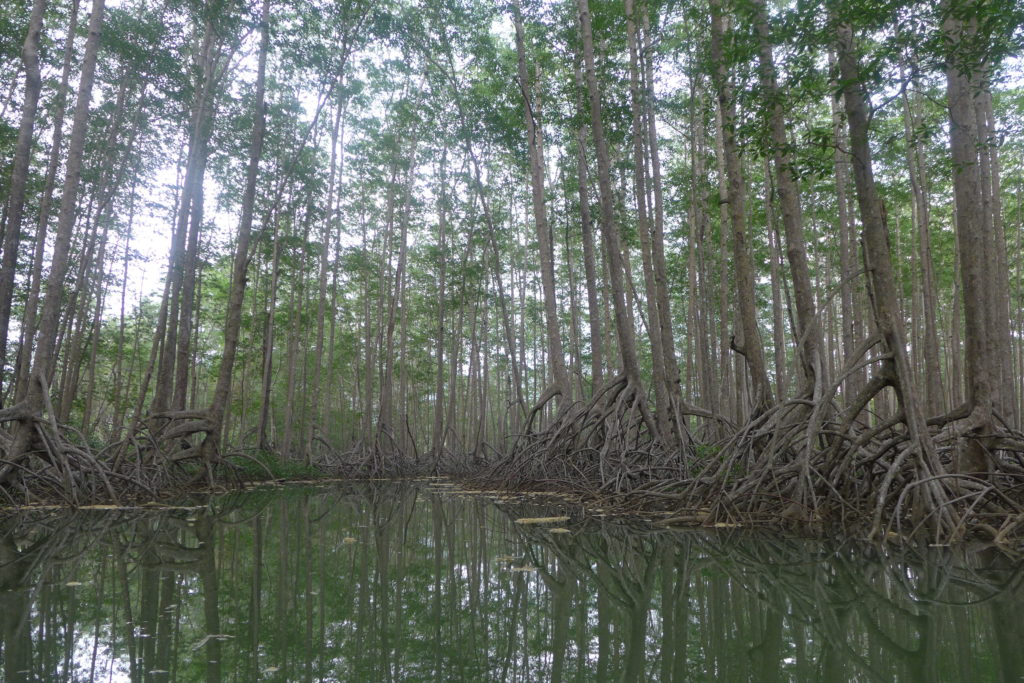- About Us
- Our Work
- Tree Info
- Get Involved
- Blog
- Volunteer
- Support Us
By Canopy Team on August 21, 2017

Welcome to the fifth installment of Canopy’s Summer Travel Series! Follow along with us as we journey to the southern US, Central America, and beyond, encountering a diverse range of fun and unique trees. New stories from the Canopy team published every other week.
This week, travel with Shannon McDonald, Outreach & Operations Manager, on a kayak trip to the mangroves of Costa Rica.
P.S. Are you traveling this summer? We’d love to see your tree photos and hear your stories! Email to [email protected] or tag us on Facebook or Instagram.

In Costa Rica, a value of respect and conservation of nature is widespread. This is held evident in their policies for the environment. For example the country has a fuel tax and a car stamp duty whose funds are used to support nature reserve management and environmental services. The Costa Rican government also supports a program that pays landowners to preserve old-growth forests and to plant trees. This program has resulted in forest cover increasing from 24% in 1985 to 46% today.
Before joining the Canopy staff I had the pleasure of experiencing the nature of Costa Rica first-hand. For six months in 2015 I lived in Tres Ríos de Coronado, a small town located on the Osa Coast. The town is easy to miss, just a long dirt road dotted with homes, a school, a church, a soccer field, and plenty of trees. Surrounded by second growth jungle, much of the land was former cattle ranches allowed to return to its natural state.

In Tres Ríos we were just a few miles from the coast where a mangrove forest, known as manglares, thrived as a protected forest ecosystem. The mangrove is a very unique tree that has adapted to salt water and survives in the intertidal zone. Mangroves play an integral part as a buffer between the coastal and terrestrial ecosystems. The roots act as a filtration system for river water from urban settings flowing to the ocean, while they also help to prevent coastal erosion from storm systems.
Most importantly, the mangrove forest is an incredible carbon sink, quickly absorbing carbon and locking it away for long periods of time. Research shows that mangroves store 3 to 4 times more carbon than other tropical forests, estimated at over 1,000 tons per hectare.

The forest also supports a diverse range of wildlife and is habitat to many species of fauna like red crabs, turtles, and migratory birds. While on a tour of the mangrove forest, we kayaked the brackish water, and floated gently along with the tide as we gazed upon the gnarled branches and roots of the mangrove trees. We spotted such birds like the hawk and heron.
As we neared the end of our mangrove forest tour, a seed pod crossed our path as it floated along the river. Picking it up our guide shared how the mangrove starts its young life. The seed pod falls from the branches above to float upon the river until a tendril of root breaks open the pod and descends beneath the surface to find the muddy earth below. There it takes root and flourishes into a new mangrove tree.
Sources:
UN Environment: Mangrove Conservation and Restoration